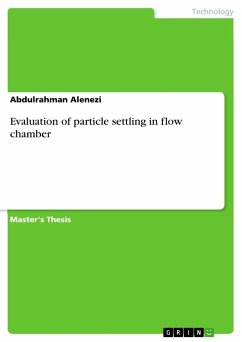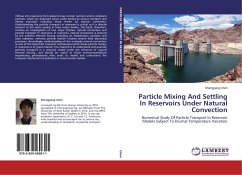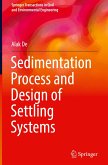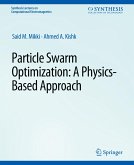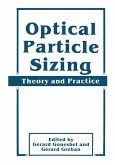Master's Thesis from the year 2019 in the subject Engineering - General, grade: 77.00, University of Greenwich, language: English, abstract: The investigation of fluids containing particles or filaments includes a category of complex fluids and is vital in both theory and application. The forecast of particle behaviours plays a significant role in the existing technology as well as future technology. The present work focuses on the prediction of the particle behaviour through the investigation of the particle disentrainment from a pipe on a horizontal air stream. This allows for examining the influence of the particle physical properties on its behaviour when falling on horizontal air stream. This investigation was conducted on a device located at the University of Greenwich's Medway Campus. Two materials were selected to carry out this study: Salt and Glass Beads Nano particles. The shape of the Slat particles is cubic where the shape of the Glass Beads is almost spherical. The outcome from the experimental work were presented in terms of distance travelled by the particles according to their diameters as After that, the particles sizes were measured using Laser diffraction device and used to determine the drag coefficient and the settling velocity. For a verification and more deep insight, the experimental setup was modelled using Computational Fluid Dynamics (CFD) technique and the results were compared with the experimental results in terms of distance travelled. A good agreement was observed between the CFD and experimental results. The experimental and numerical results showed that the size of the particle has a huge impact on the drag coefficient and the settling velocity. Larger diameters lead to less drag and hence higher settling velocity. Also, the lighter particles tent to travel horizontally further than the heavier ones.

